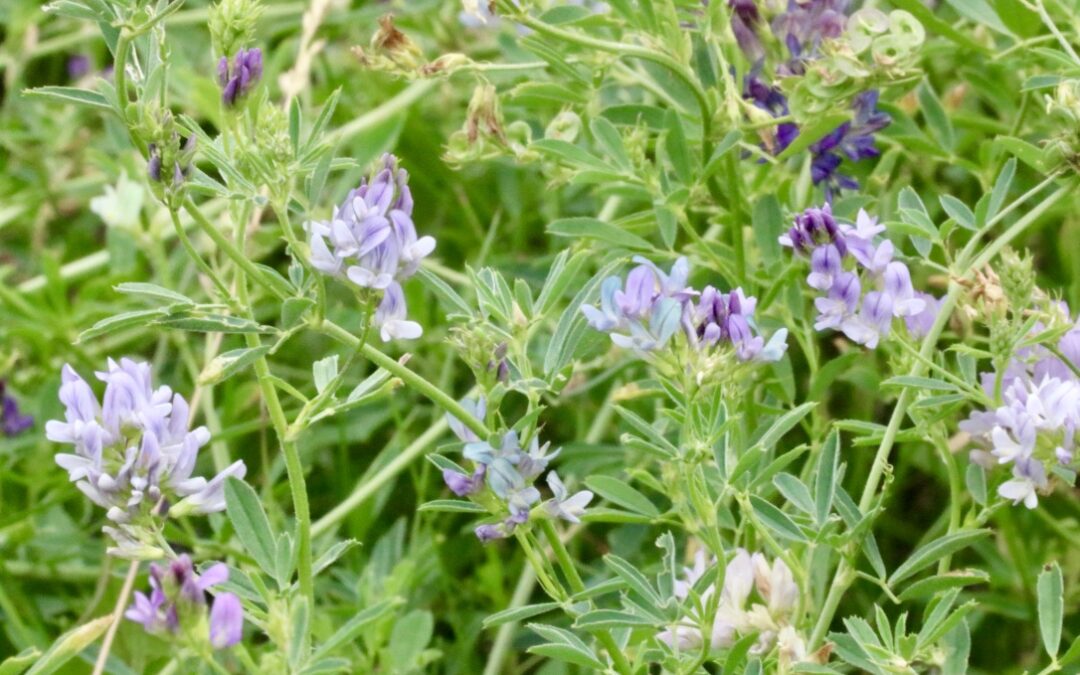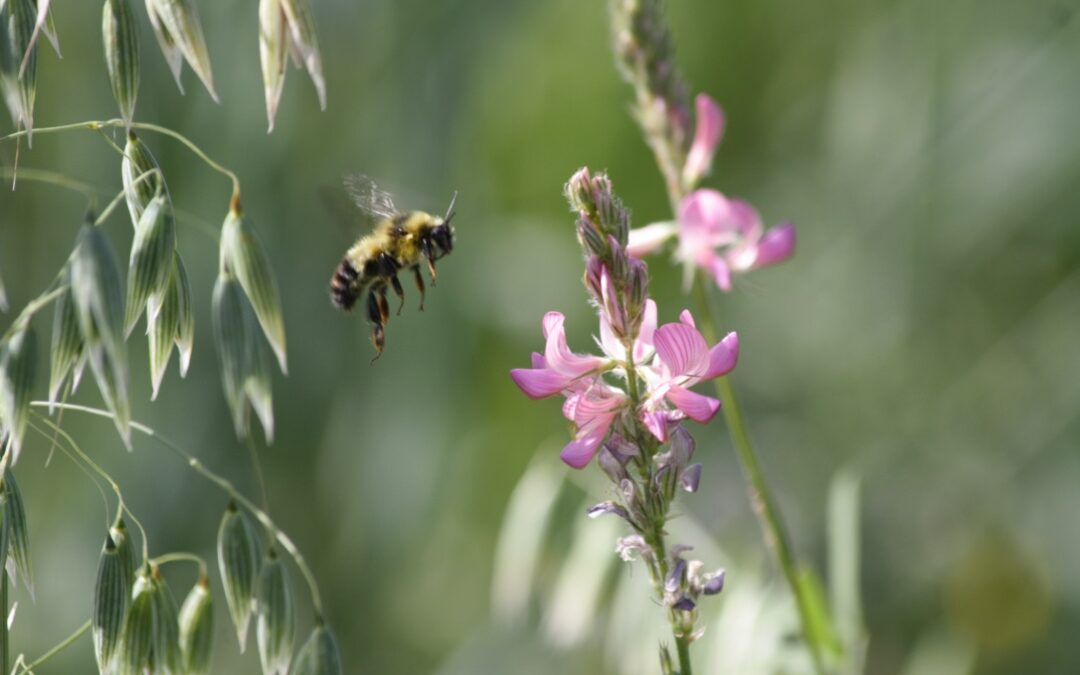
by Karin | Jan 11, 2025 | Forage Species, Uncategorized
Given enough moisture and the right acidity (or alkalinity), alfalfa (Medicago sativa) can grow anywhere. Except for places where it needs to be irrigated to be kept alive! M. sativa needs a minimum of 8 to 10 inches of rain every growing season and soil...

by Karin | Jan 10, 2025 | Forage Species
Sainfoin (Onobrychis vicilifolia) is a pretty cool legume. Pretty, too. It’s not native to North America. Rather, it is an Eurasian native. It came to North America for a reason: high-quality fodder for livestock. You can’t mistake the bright pink blooms in the...
by Karin | Sep 19, 2024 | Cover Crops, Managing for Soil Caretaking, Nutrient Cycling, Plant Identification
Phacelia!! ❤️ Author’s photo. Functional plant families are gaining more importance, and there is increasing emphasis on the importance of diversity for the soil’s benefit. However, the current focus (as of this writing) is still on the number of species...
by Karin | Sep 19, 2024 | Forage Quality, Haying & Silaging, Managing Forages for Safe Eating
Hay is a necessary expense when it comes to keeping animals in your care, albeit an expensive one. There are ways to make it less costly for your operation, and what means you choose to utilize depends on your context and your operation. This post is intended for...
by Karin | Sep 19, 2024 | Forage Quality, Managing Forages for Safe Eating
Forage quality is nothing to take lightly in livestock nutrition. Good versus poor quality could mean the difference between healthy, productive animals and animals that are experiencing some form of malnutrition. The kind of quality a producer will end up with...




